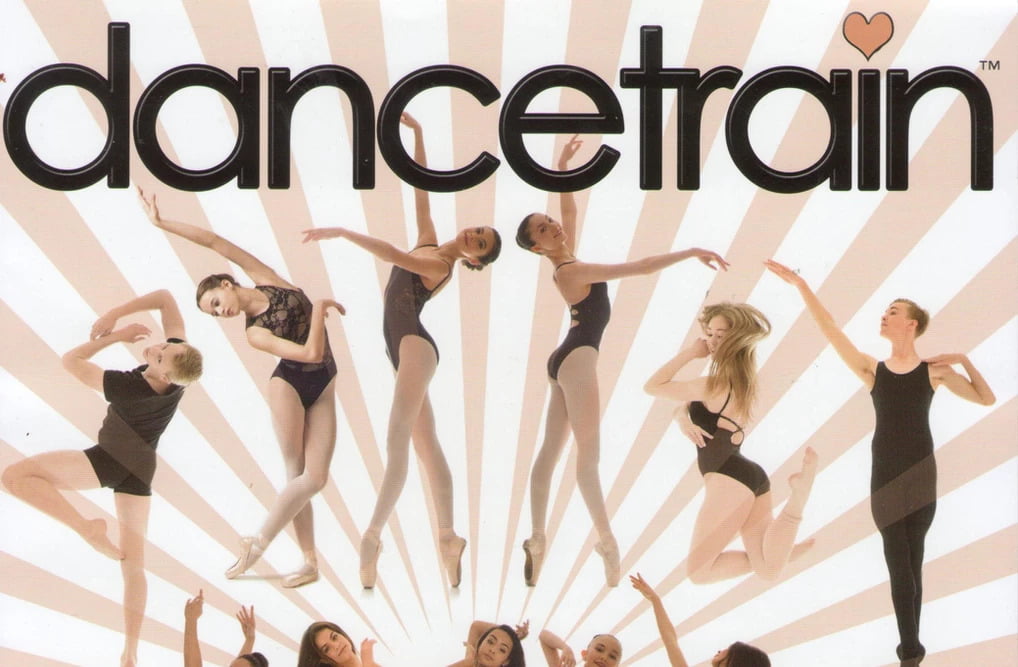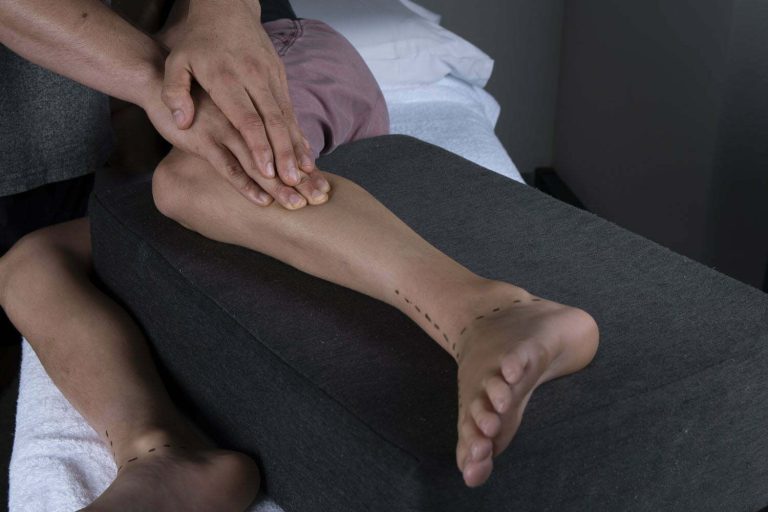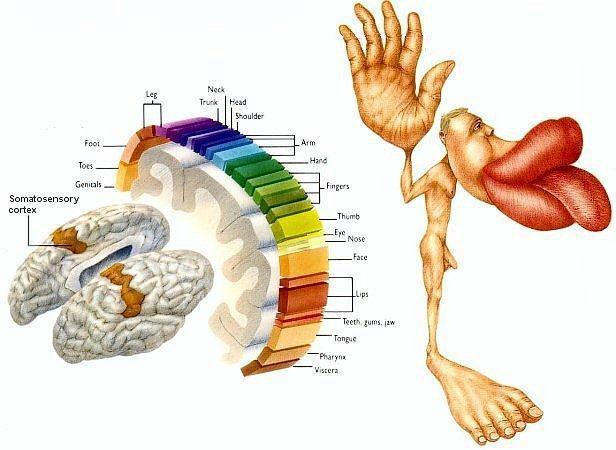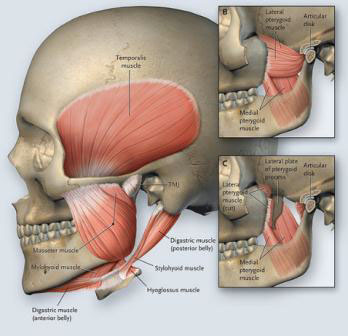The foot is the foundation of good posture and myofascial balance extending way beyond the knee and pelvis. What is often overlooked in kids posture is the tibia (bone). The tibia sits between the ankle and knee joint and surprisingly has a wide scope of variation in anatomical shape. In the ideal situation the tibia has a gentle outward twist in the order of 17 degrees.
To understand this angle, sit down and look at your straightened leg, point your kneecap straight up and hold your ankle at 90 degrees.
The angle your foot is at is called ‘tibial torsion’. As a physiotherapist with a special interest in posture, tibial torsion is one of the cornerstones of efficient weight bearing. As is the maxillary arch (roof of the mouth) as every orthodontist will tell you. People with a high tibial torsion number (we measure this at the clinic with a gravity goniometer (see Figure) are known as out-toers. Charlie Chaplin was a famous out toer. This excessive outward rotation of the tibial bone makes achieving ‘First Position’ in ballet relatively easy.
The trick to understanding tibial torsion is in diagnosing where the rotation is coming from. If you suspect you’re an out toer then stand up in front of a mirror point your knees straight ahead, hold your arches up and have a look at where your feet are pointing. Ideally the feet should only angle out at 15-20 degrees. Now rearrange your feet so the inside line of the feet are parallel. If your knees are now pointing inwards then you’re probably an out toer. If your knees are pointing outwards with your feet parallel then you’re probably an intoer.
So why is this important? Being an out toer generally places the knee under heavy torsional load making jumping and lunging potentially painful. Long term there is a lot of medial pressure on the arch and the pelvis will often tilt forward. In toers generally will externally rotate their hip joints creating weak glute muscles and tight hamstrings (Gripping). This results in a flat lumbar curve or a sway back.
Again why is this important? Correcting this tibial alignment issue is way easier to treat in children with growing bones. It is possible to reshape a bone at the rate of one degree per month. So an in toer with a tibial torsion angle of 5 degrees could be fixed within 12 months.
This is best done from the age of eight to fourteen but gains are still achievable at the end of puberty.
Treatment usually requires taking a weight bearing cast of the foot and producing an orthotic fitted with a gait plate. Myofascial release may be prescribed depending on the case by case needs. This work is extremely satisfying to me as a lifetime of problems can be sorted with low amounts of fuss and is totally pain free.



